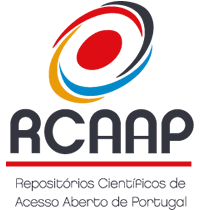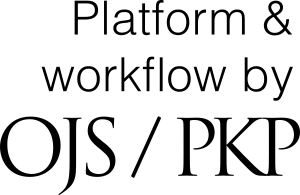The potential of selected natural products as biofilm control agents and antibiotic resistance modifiers
DOI:
https://doi.org/10.48797/sl.2025.340Keywords:
PosterAbstract
Background: The emergence of multidrug-resistant bacteria, especially within biofilms, poses a serious public health threat and represents a major challenge for effective infection management. Traditional antibiotics often fail to effectively treat bacteria and biofilm-associated infections, prompting the need for novel strategies to combat bacterial resistance and biofilm formation. Natural compounds, such as phytochemicals and natural deep eutectic solvents (NADES), have emerged as promising candidates due to their diverse bioactive properties and potential synergistic effects with existing antibiotics. Objective: This study aimed to evaluate the antibiofilm and antibiotic resistance-modifying activities of selected natural compounds, including phytochemicals and NADES, in combination with antibiotics. Methods: In vitro assays were performed using two monoterpenes (menthol and linalool) and a choline chloride-raffinose NADES, combined with ten antibiotics (methicillin, amoxicillin, oxacillin, erythromycin, ciprofloxacin, mupirocin, fusidic acid, tetracycline, tobramycin, and gentamicin). The effects were tested on Escherichia coli CETC 102 and Staphylococcus epidermidis ATCC 35984. Minimum inhibitory and bactericidal concentrations (MIC and MBC, respectively) of the phytochemicals were determined. Antibiotic susceptibility was evaluated via disc diffusion, and biofilm control was assessed by biomass and metabolic activity quantification, and cell culturability. Results: Menthol displayed a MIC and MBC of 800 µg/mL against E. coli and MIC against S. epidermidis. Linalool exhibited a MIC of 800 and 400 µg/mL against E. coli and S. epidermidis, respectively. Disc diffusion indicated a potentiation effect of both molecules on erythromycin against E. coli, and of menthol on amoxicillin against S. epidermidis. Biofilm control studies showed that both molecules applied individually reduced more than 90% of the biofilm’s metabolic activity, yielding, in some cases, a total reduction of culturable cells. Moreover, the dual combinations with antibiotics enhanced their activity up to 40% in biofilm metabolic inactivation, 13% in biomass removal, and 2.8 logs in culturability reduction. Conclusions: This study has revealed promising results, showing the potential of these monoterpenes and NADES as antibiotic resistance modifiers, and supporting menthol and linalool as strong antibiofilm agents.References
1. Salam, M.A. et al. Antimicrobial resistance: A growing serious threat for global public health. Healthcare 2023, 11, 1946, doi: 10.3390/healthcare11131946.
2. Borges, A. et al. New perspectives on the use of phytochemicals as an emergent strategy to control bacterial infections including biofilms. Molecules 2016, 21, 877, doi: 10.3390/molecules21070877.
3. Nystedt, H.L. et al. Neutral natural deep eutectic solvents as anti-biofilm agents. Biofilm 2023, 5, 100114, doi: 10.1016/j.bioflm.2023.100114.
Downloads
Published
How to Cite
Issue
Section
License
Copyright (c) 2025 Francisca Massano, Mariana Sousa, Anabela Borges, Manuel Simões

This work is licensed under a Creative Commons Attribution 4.0 International License.
In Scientific Letters, articles are published under a CC-BY license (Creative Commons Attribution 4.0 International License), the most open license available. The users can share (copy and redistribute the material in any medium or format) and adapt (remix, transform, and build upon the material for any purpose, even commercially), as long as they give appropriate credit, provide a link to the license, and indicate if changes were made (read the full text of the license terms and conditions of use).
The author is the owner of the copyright.









